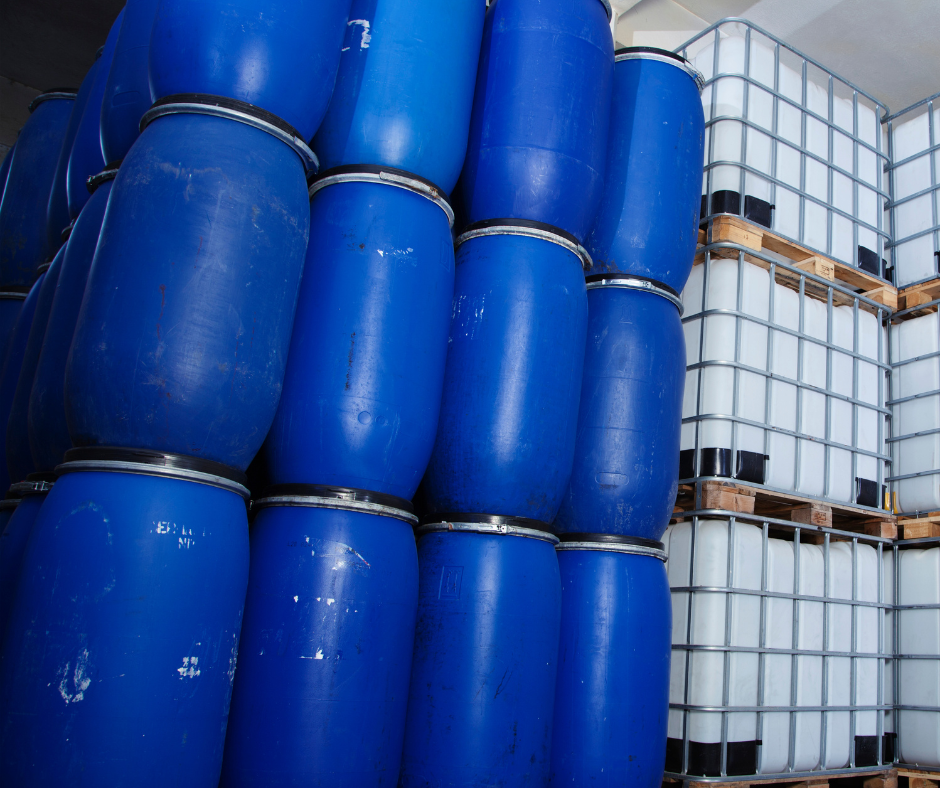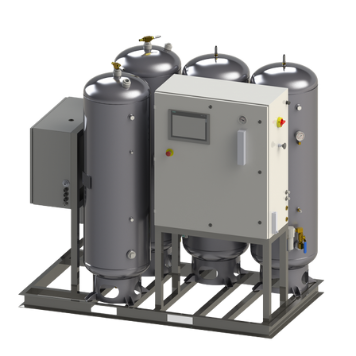Wastewater Treatment and Disinfection
Ozone and Wastewater Treatment
Ozonation in wastewater treatment is a mature and efficient alternative to improve the traditional methods. Historically, municipal wastewater treatment uses chlorine for disinfection because of its effectiveness and low cost. However, a study in 1970 found that chlorine reacts with organics to create disinfection byproducts (DBPs). These DBPs could adversely affect public health and aquatic life. There were also fish kills in water bodies receiving municipal wastewater disinfected with chlorine. The US EPA promoted research on ozone as an alternative disinfection technology. The EPA states water disinfection is the key to preventing the spread of diseases to users and environmental contamination.
From the EPA: https://www3.epa.gov/npdes/pubs/ozon.pdf
What is ozonation in wastewater treatment?
Ozonation is a technique for treating water, a process that can destroy all microorganisms and many organic compounds. Further, ozonation treatment has a wide range of applications as it is efficient for disinfection and the degradation of organic and inorganic pollutants. Finally, the reactions/oxidations of ozone are easy, and it is readily converted back into oxygen with no residuals.
How does ozonation water treatment work?
The industry uses bio and mechanical filtration for the bulk reduction of BOD/COD. The filtration method, BOD/COD, is reduced from 115,000 mg/L to 50-100 mg/L. Bio and mechanical filtration are becoming very expensive when reducing BOD/COD to a lower level.
 That is where hundreds of Water Treatment Plants (WTP) use ozonation. Ozone can be used as the final step in the wastewater treatment process because it is very effective as a water polisher. For instance, ozonation economically reduces BOD/COD to safe levels before discharge into the receiving body of water. Aside from reducing the processing costs, ozone systems will also help eliminate the penalties associated with contaminated water disposal. Further benefits include implementing clean, eco-friendly technology, increasing oxygen demand, and improving aesthetics with reduction in turbidity.
That is where hundreds of Water Treatment Plants (WTP) use ozonation. Ozone can be used as the final step in the wastewater treatment process because it is very effective as a water polisher. For instance, ozonation economically reduces BOD/COD to safe levels before discharge into the receiving body of water. Aside from reducing the processing costs, ozone systems will also help eliminate the penalties associated with contaminated water disposal. Further benefits include implementing clean, eco-friendly technology, increasing oxygen demand, and improving aesthetics with reduction in turbidity.
Why is ozonation important?
Ozone is 3000x more effective than chlorine at killing viruses and bacteria. Also, the ozonation process only requires a short contact time (approximately 10 to 30 minutes). As ozone decomposes wholly and rapidly, there are no harmful residues. Also, after ozonation, there is no regrowth of microorganisms, except those protected by the particulates in the wastewater stream. Ozone is also produced onsite, meaning it is sustainable, and there are fewer safety problems associated with shipping and handling.
What are the benefits of treating wastewater with ozone?
- Affordable long-term.
- Increase in dissolved oxygen.
- Decrease in chemical usage.
- Affects Cryptosporidium Parvum.
- Reduction in turbidity, color, and odors.
- No microorganisms can build immunity.
- Short contact time. (approx. 10-30 mins.)
- Sustainable, natural, eco-friendly sanitizer.
- Short half-life and reverts to oxygen without residuals.
- Effective antimicrobial oxidizing agent, disinfectant, and sanitizer.
- Instantly removes pathogens, parasites, tensides, phenols, and cyanides.
- Remove metals like iron and manganese, which will limit build-up on pipes, fixtures, and other components, helping to reduce overall maintenance costs.

| Common Systems Used For Wastewater Sanitation | ||
|---|---|---|
| WaterZone IS Series | Remediation Trailer | WaterZone SE Series |
 |  |  |
| Produces ozone from integrated Oxygen Concentrator | Ozone Production ranges from 20 g/hr to 5000 g/hr depending on your needs | Turnkey System means quick installation, high reliability, safety and unparalleled performance |
| Automatic operation - one touch start up and shut down | Our modular design makes for quick, cost-effective and easy expansion | Standard systems inject from 10g/hr to 200 g/hr |
| Customizable system can be configured for your specific application | Highly customizable, with no maximum outputs! | Highly customizable to fit specific needs |
| High efficiency with excellent mass transfer of ozone | Available to buy or rent | Comes with HMI touch screen and optional remote monitoring system |
| WaterZone IS Series | Remediation Trailer Systems | WaterZone SE Series |
